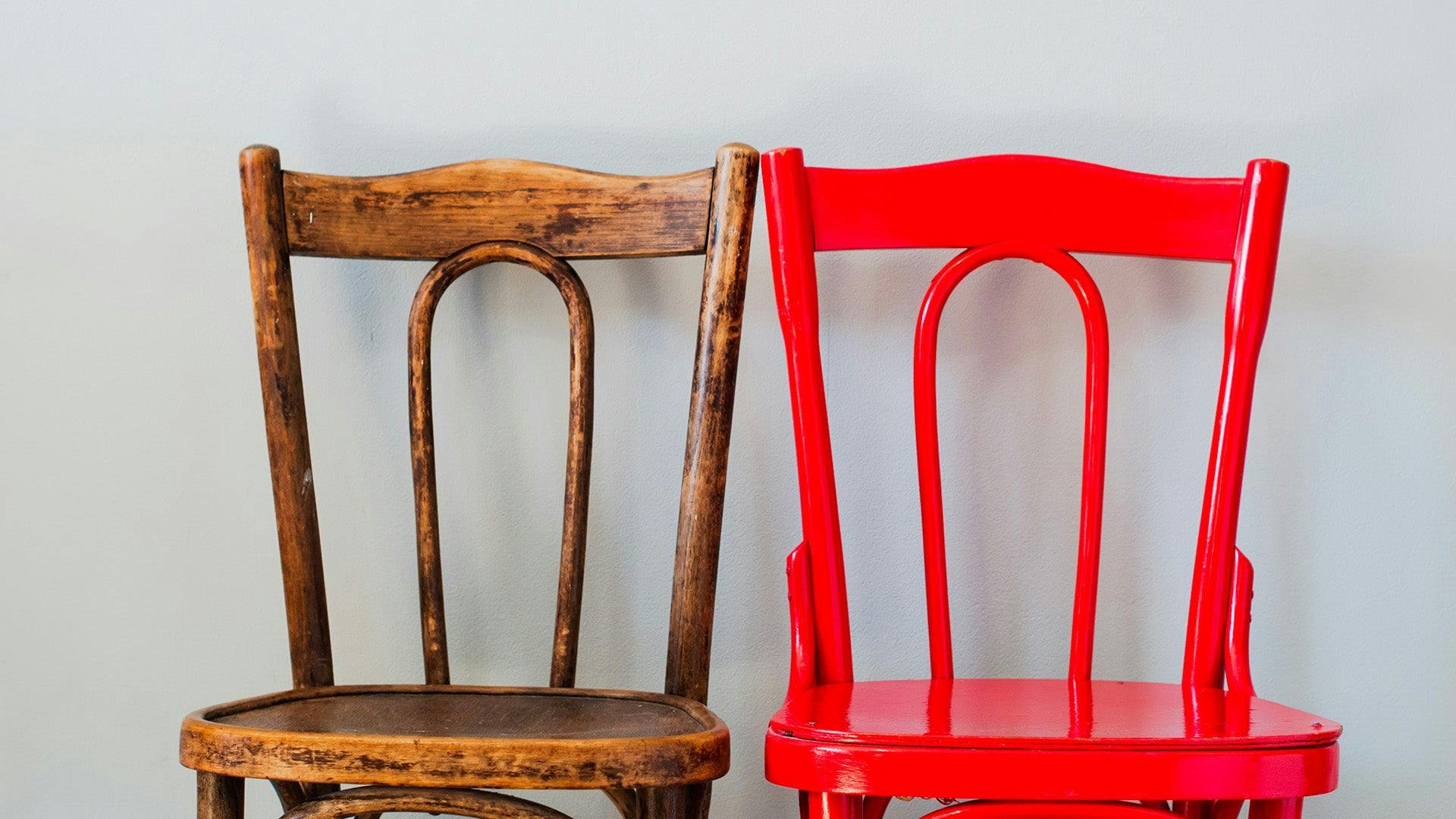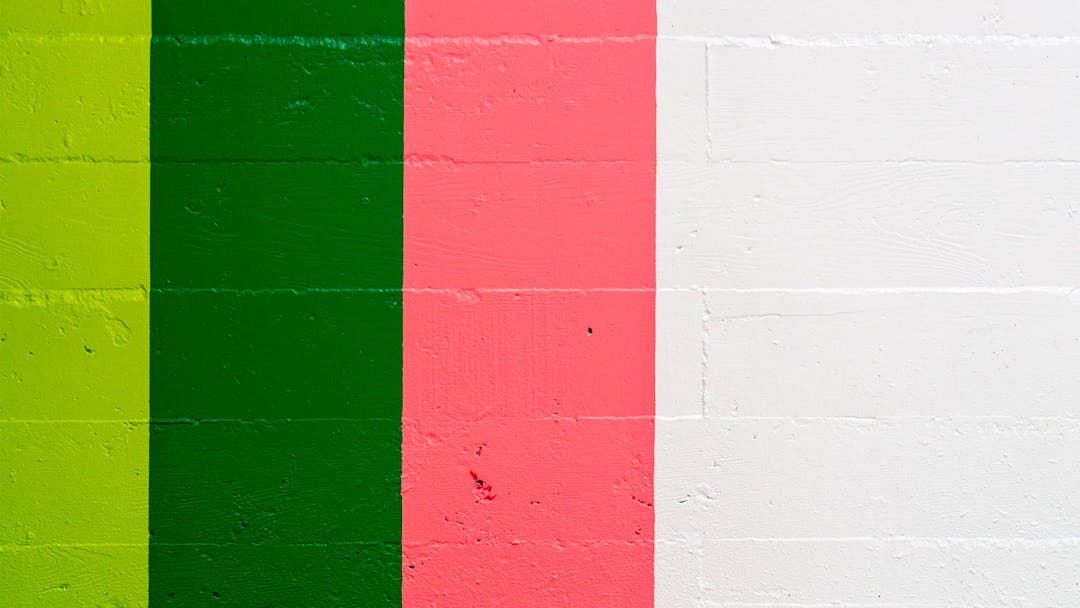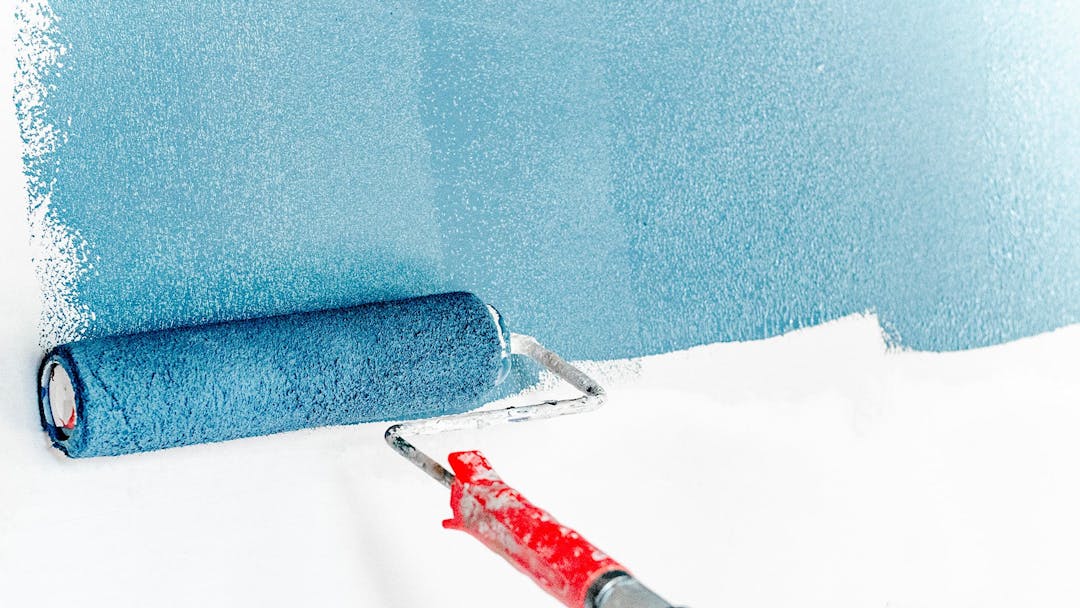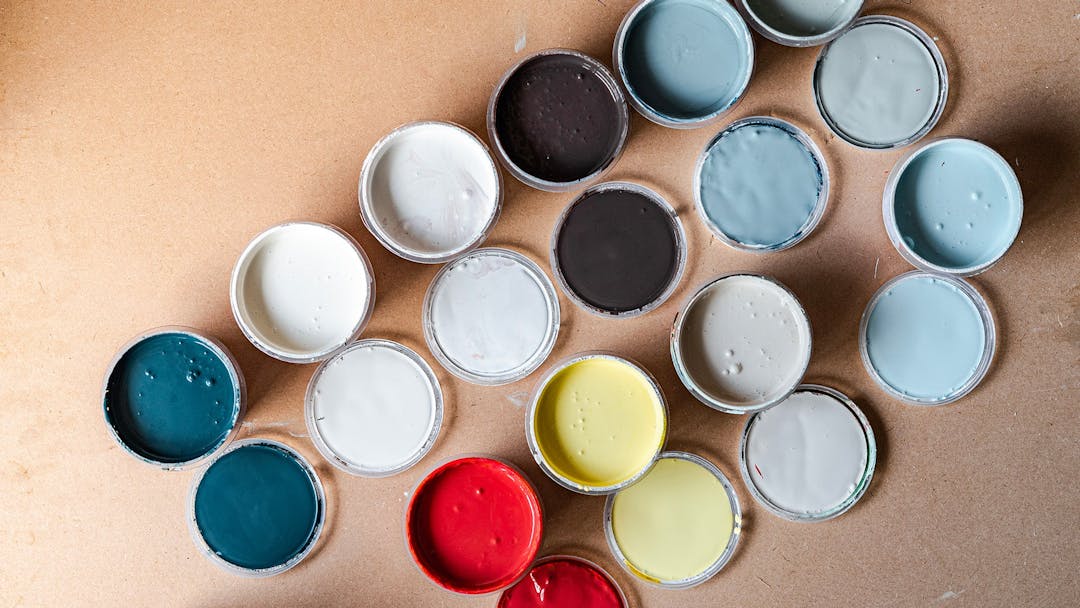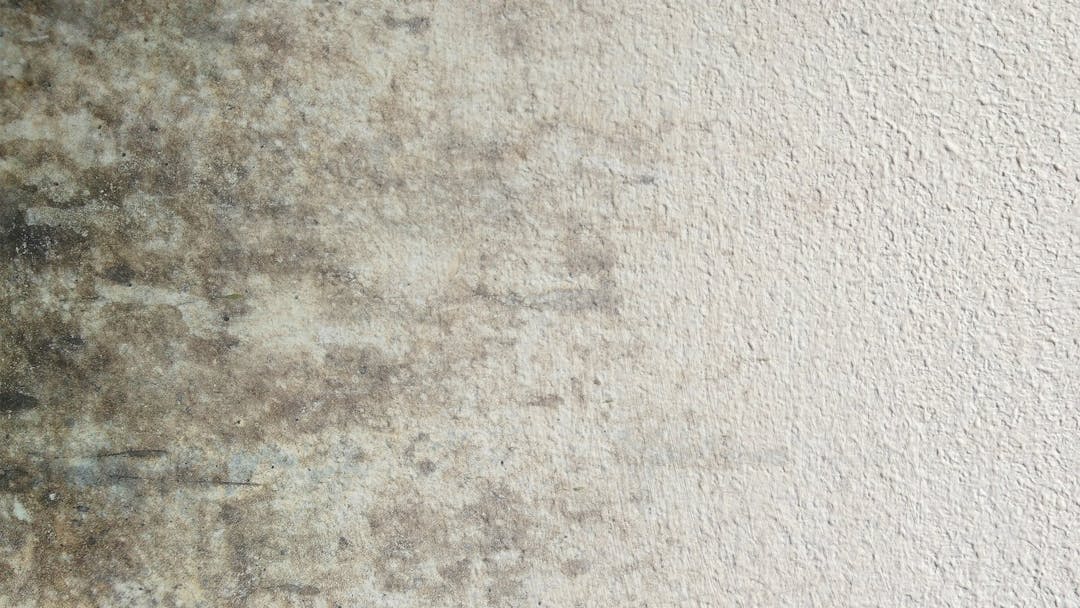To paint wood, it is essential to carefully follow a series of steps, which involve the use of specific products and sometimes power tools.
If you are looking for information on how to properly paint windows, doors, furniture for the interior or exterior of your home, obviously made of wood, read this guide where you will find answers to the following questions:
- How to revive faded wood?
- What kind of paint is used for wood?
- How to paint damaged wood?
- How to stripper wood before painting?
- How to strip paint off wood quickly?
- Pros and cons of stripping wood paint?
- Wood lacquering: what is it?
- What is the difference between lacquering and painting?
How to revive faded wood?
The first thing to do is to clean the surface of the wood with a soft cloth or damp sponge to remove dust and dirt.
You can also use specific wood cleaners that remove that grayish patina typical of material ruined by time and weathering.
If the wood is very faded, sand it gently with fine sandpaper following the direction of the fibers. To remove persistent stains, use specific wood cleaning products or natural solutions such as lemon juice or baking soda.
Next, apply an oil or clear varnish to brighten the color of the wood, choosing a product appropriate for the type of material you are treating. Follow the product's instructions for proper application.
Finally, to protect the wood over time, apply a coat of clear topcoat or wax to preserve the color and protect it from weathering and wear.
Remember to test products on a small hidden area before applying them to the entire visible surface.
What kind of paint do you use for wood?
Choosing the ideal paint for wood depends on a number of factors, such as what kind of object or structure you need to paint, the location indoors or outdoors, and the end result you want to achieve.
Among the products to brighten or totally change the look of wood, the most commonly used are:
- Stain, a type of transparent finish that is used to highlight and protect wood while maintaining the natural appearance of its grain. Stain is a water-based pigmented solution that is absorbed by the wood, bringing out the beauty of its natural characteristics.
- Water-based or solvent-based wood paints. These are products that, in addition to protecting the painted surface, create a covering finish of a specific color. Water-based paints, which do not release toxic substances, are usually chosen, but in some cases a solvent-based paint may be suitable (for example, if you want to create long-lasting protection to climatic agents).
- Wood enamel, is a colored finish that is used to protect and improve the appearance of wood. It is a durable type of paint that creates a hard, glossy surface on wood. Wood enamel can be solvent-based or water-based. The two variants offer similar characteristics, but differ in the vehicle used to suspend the pigments and resins.
How to varnish ruined wood?
Let's look at all the steps to varnish a damaged wood object:
- Prepare the surface by removing dust, dirt and debris with a soft cloth or damp sponge.
- Repair dents, cracks or imperfections in the wood by applying wood putty or specific mastic and sanding the surface to make it even.
- Gently sand the entire area you need to paint using fine sandpaper. This will help remove the damaged layer and create a surface suitable for painting.
- After sanding, clean the wood again to remove any residual dust or sawdust.
- Choose the type of paint best suited to your project and apply it according to the manufacturer's instructions. Use a brush, roller or sprayer depending on the size of the surface and the characteristics of the wood. Be sure to apply thin, even coats, following the direction of the wood grain.
- Let the paint dry for the manufacturer's recommended time between coats. If you are indoors, be sure to maintain adequate ventilation while drying.
- When the paint is completely dry, consider applying a protective coat, such as a clear topcoat or wax, to preserve the paint and wood over time.
This series of operations is also valid if you have to paint an unmarred wooden object, of course you will skip the steps devoted to removing imperfections.
How to strip wood before painting?
The two most common methods you can use to paint-stripping wood are sanding and chemical pickling.
The first system involves using medium- or coarse-grit sandpaper to remove the layer of old paint. This work can be time-consuming and tiring if done manually. You may, however, decide to use a sander, but in this case you must start carefully so that you remove the paint without ruining the material.
Chemical pickling consists of applying pickling agent or paint stripper to the painted surface. If you want to use this method, you must leave it on for the time specified by the manufacturer and then scrape off the softened paint with a squeegee or stiff brush. Remember to wear protective gloves, face mask and work in a well-ventilated area.
How to stripping wood quickly?
Pickling or using a sander will certainly save you time, but if you need to treat a very large area (such as large beams) or many wooden artifacts (such as a series of doors and windows) the fastest method to use is sanding, but it is not a do-it-yourself operation.
The sandblaster uses a jet of abrasive particles, such as sand or granules, that hit the wood surface hard. This abrasive process flakes and peels the paint off the surface of the wood, allowing it to be removed efficiently.
Using a sandblaster requires technique and some experience, so we recommend that you have a professional do the job.
Pros and cons of stripping wood?
To figure out whether in your case it is appropriate to paint-stripe wooden objects that you want to revitalize or to which you want to totally change the color, weigh the pros and cons of this operation.
Benefits of painting wood:
- The material returns to its natural appearance;
- You can assess the actual condition of the artifact;
- Improved adhesion of the new paint you will lay down;
Possible problems of wood stripping:
- Requires time, effort and manual labor;
- May damage the material;
- Involves health hazards due to the use of machinery and chemicals.
Wood lacquering: what does it mean?
Wood lacquering is a finishing process that involves applying a layer of lacquer to the surface of wood to protect it and give it a shiny, polished appearance.
Lacquer used as a wood finish is a clear substance composed primarily of synthetic or natural resins dissolved in synthetic solvents or water. It is designed to create a durable, glossy, transparent finish on wood, but in this case it is advisable to involve a restorer.
What is the difference between lacquering and painting?
Basically, the difference between lacquering and varnishing is realized in the aesthetic result.
In technical jargon, varnishing a wooden support or piece of furniture means leaving the natural grain visible, while lacquering corresponds to creating a smooth compact and opaque effect that, therefore, hides the wood grain.
